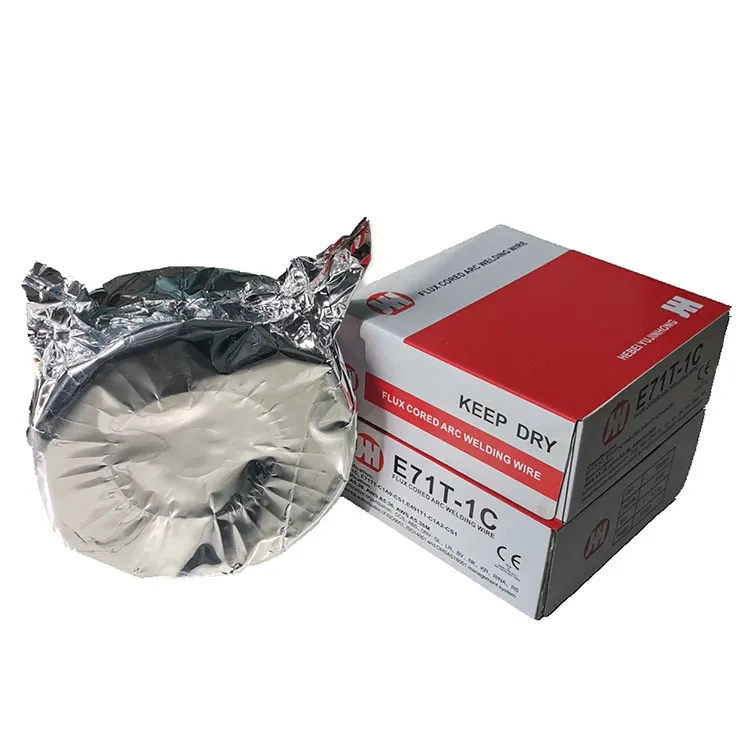Understanding Stick Electrode Welding Techniques and Applications for Effective Metal Joining
Stick Electrode Welding An Overview
Stick electrode welding, also known as shielded metal arc welding (SMAW), is one of the most widely used welding processes in various industries. This manual welding technique is highly favored for its simplicity, versatility, and effectiveness in different applications. It involves the use of a consumable electrode coated in flux, which serves as the defining characteristic of this process.
The Basics of Stick Electrode Welding
The process of stick electrode welding begins with the preparation of the workpieces that need to be joined. The welder uses an electric power source to generate an arc between the electrode and the workpiece. This arc melts both the electrode and the base metal, creating a molten pool that cools and solidifies to form a strong weld. The flux coating on the electrode serves multiple purposes it protects the molten weld from atmospheric contamination, produces shielding gases, and forms a slag that aids in refining the weld and preventing defects.
One of the most appealing aspects of stick welding is its portability. Unlike other welding processes that require extensive setups and equipment, SMAW gear is typically lightweight and easy to transport, making it ideal for fieldwork and repair tasks. The versatility of stick welding also allows it to be performed on various materials, including carbon steel, stainless steel, and some non-ferrous metals.
Applications and Industries
Stick electrode welding finds application across a broad spectrum of industries. Construction and shipbuilding are two significant sectors where this technique is employed. Its ability to create strong welds in challenging environments—such as outdoors, in adverse weather conditions, or in areas with limited access—makes it a preferred choice for many professional welders.
In the automotive industry, stick welding is often used for both structural and repair tasks. Additionally, its effectiveness in welding thick sections of metal makes it suitable for heavy fabrication work, where weld integrity is critical. Maintenance and repair operations also benefit from stick welding, as the method allows for quick fixes and on-site repairs without requiring advanced setups or machinery.
stick electrode welding

Advantages of Stick Electrode Welding
One of the main advantages of stick welding is its ease of use. The learning curve for mastering this technique is relatively low, making it accessible for both beginners and experienced welders. Moreover, stick electrodes are available in various specifications, allowing welders to select the appropriate type for their specific needs. This adaptability extends to different positions SMAW can be performed in flat, horizontal, vertical, and overhead positions, which is a crucial factor in many welding applications.
Cost-effectiveness is another key benefit. The equipment required for stick welding is generally less expensive than that for other welding processes. Consumable stick electrodes also tend to be affordable, allowing businesses to reduce overall operational costs.
Challenges and Considerations
Despite its many advantages, stick electrode welding comes with its challenges. For instance, the process can produce a significant amount of smoke and fumes, which necessitates adequate ventilation to protect the welder’s health. Additionally, the quality of the weld may be influenced by factors such as electrode handling, slag removal, and operator technique.
It is essential that welders possess a solid understanding of materials, electrode selection, and proper welding techniques to ensure high-quality results. Furthermore, although stick welding is effective on thick materials, it may not be the best choice for thin sections, where other methods such as MIG or TIG welding might prove more efficient.
Conclusion
In summary, stick electrode welding is a robust and reliable welding process that continues to be widely used in various sectors. Its versatility, portability, and relatively low cost make it an invaluable technique for many welding professionals. While it has some limitations, the advantages often outweigh the challenges, solidifying its status as a staple in the welding industry. Whether for construction, maintenance, or artistic endeavors, stick welding remains an essential skill that contributes significantly to metal fabrication and repair.
-
High-Performance Cellulose Electrode E6010 for Steel WeldingNewsJul.28,2025
-
High Quality E71T-11 Welding Wire from China – Flux Cored, Easy to UseNewsJul.28,2025
-
High-Quality SG2 Welding Wire for Superior PerformanceNewsJul.27,2025
-
E6011 Welding Rod for Arc Welding – High Performance & VersatilityNewsJul.26,2025
-
Welding Rod 2.0 mm for Structural Welding - High Strength & PrecisionNewsJul.25,2025
-
Factory Supply Cast Iron Welding Rods AWS ENi-CI High StrengthNewsJul.24,2025


